Key Takeaways
- Iconic kits offer a visual history of cycling’s evolution.
- Successful teams have made their mark with distinct, memorable gear.
- These outfits resonate with fans and represent pinnacle moments in cycling.
Cycling outfits are more than just a uniform; they're an emblem of history and style on two wheels.
Ever glanced at a cyclist and thought, “Wow, now that's an outfit!”?
That's the power of iconic gear.
Iconic cycling outfits have not just set trends but have become symbols of eras and victories.
These kits are etched into the legacy of the sport.
You might wonder, why care about cycling outfits?
They represent the spirit of the sport, the passion of the riders, and the enduring nature of cycling culture.
You can trust that this list celebrates the most memorable cycling outfits that have ridden through the annals of cycling history.
It's more than clothing—it's about the moments and the movements that have defined a sport.
Molteni-Arcore

Have you ever pictured yourself zipping through the streets or climbing steep hills wearing the same vibrant jersey as a cycling legend?
Let's talk about the Molteni-Arcore outfit that has become a timeless symbol in the sport, evoking a blend of nostalgia and admiration among cycling enthusiasts.
Eddy Merckx, a name that resonates with power in the cycling world, donned the iconic orange and black Molteni-Arcore jersey.
His remarkable feats in the 1960s and 70s are tightly woven with the visual of this classic jersey.
Isn't it amazing how a piece of clothing can hold so much history?
The Molteni team, with its distinctive color scheme, brought a level of panache to the peloton that few teams could rival.
Here's what made the jersey stand out:
- Colors: The striking orange paired with black accents
- Era: Symbolic of cycling's golden age during the 60s and 70s
- Champion: Worn by Merckx, contributing to the jersey's fame
Isn't it fun to think that something as simple as a jersey could become such a significant part of cycling heritage?
Whether you're a seasoned cyclist or a casual fan, the Molteni-Arcore jersey is a nod to the legacy of a sport driven by passion and the pursuit of excellence.
You could say that wearing one is like wearing a piece of history.
Isn't that something you'd love to experience?
La Vie Claire

Have you ever seen a cycling jersey that pops like a piece of modern art?
Let me paint a picture for you: it's the mid-1980s and La Vie Claire jerseys are all the rage.
Why, you ask?
Imagine geometric blocks of color splashed across the riders—it's like Piet Mondrian took up fashion design!
La Vie Claire didn't just catch the eye; the team had substance to match their style.
- Bernard Hinault and Greg LeMond, legends of the sport, donned these stunning kits.
- These jerseys were more than just apparel; they were a symbol of riveting victories at the 1985 and 1986 Tours de France.
Remember the look?
Blocky and bright, the La Vie Claire jersey represented an era of cycling now considered iconic.
And surely, who could forget Italian cycling apparel specialists Santini weaving this magic into textile?
Wearing success La Vie Claire wasn’t just about turning heads.
The team, sponsored by French entrepreneur Bernard Tapie, roared through successful seasons with legends at the helm.
The team's story doesn't end with Hinault and LeMond; fellow cyclists like Andrew Hampsten and Canadian Steve Bauer also shared in the glory.
Trivia Time: Did you know by 1988, La Vie Claire had shifted the baton of sponsorship, making way for Toshiba to take over?
Whether you're a cycling enthusiast or just love a dash of retro, La Vie Claire’s jerseys are a spectacular slice of cycling history.
Vibrant and victorious, they’re a testament to style and achievement on wheels.
So, do you have a favorite iconic jersey?
Because many would say, La Vie Claire's dazzling kit is hard to beat!
Peugeot-Michelin

Do you remember the iconic black-and-white checkerboard jersey zipping past during the heydays of cycling?
It's like a thrilling sprint down memory lane!
The Peugeot-Michelin team truly changed the game with their striking design and stellar performances.
First off, did you know that Peugeot has been a part of cycling history since the 19th century?
That's right!
They started making bikes in 1882 and kicked off their sponsorship journey not long after.
The real charm, though, came into being in 1965 when Peugeot joined hands with Michelin, and together they created a legacy lasting until the late '80s.
Now, imagine wearing a jersey that's not just clothing but a piece of history.
That's what this gear is!
Champions like Tom Simpson and Eddy Merckx donned this legendary jersey in the '60s and '70s, making it a symbol of cycling success.
You'd recognize that checkerboard anywhere, wouldn’t you?
The team's success spanned from the early 20th century right up to 1986, painting the roads with victory after victory.
In '82, they refreshed their partnership, becoming Peugeot-Shell-Michelin.
And history was made yet again in 1983 when French cyclist Pascal Simon rode to glory.
Here’s a quick jersey fact:
- Started: Manufacturing in 1882, Sponsorship in the 19th century
- Iconic Design Launch: 1965 (Partnership with Michelin)
- Legendary Wearers: Tom Simpson, Eddy Merckx
- Notable Victory: 1963, Emile Daems winning in this jersey
So, next time you see that checkerboard pattern in a race or on a vintage ride, give a nod to the Peugeot-Michelin legacy.
It's more than just threads and fabric; it's a testament to an era that shaped the spirit of cycling!
Isn't that something to be a part of?
Bianchi Celeste

Have you ever caught a glimpse of that serene sky blue hue on a cyclist zipping by and thought to yourself, "That's got to be a Bianchi!"?
Well, you're probably spot on.
The celeste green, a color so intimately connected with Bianchi bikes, is not just a color—it's a piece of cycling legend.
Picture this: the iconic Fausto Coppi, dominating the roads in the 1940s and 1950s, his jersey shimmering with that unmistakable blend of light blue and subtle green.
Why does this shade stand out?
For starters, it's rare.
Not often do you find a brand so synonymous with a single color.
Yet, here we are, with celeste green boasting a heritage that outshines many challengers.
The tone has shifted slightly over the years—from a more grayish tint to today's vibrant greenish-blue.
Some say it's due to surplus military paint; others argue it's simply Bianchi's expression of creativity and innovation.
Can you pair this color with your own kit?
Absolutely!
Whether it be classic light blue and white or with a modern twist of nude neutrals, celeste complements an array of outfits.
It's about pairing with confidence and a nod to the past.
Sure, black and white match nearly anything, but teaming them with celeste shows you've got taste and a respect for cycling's rich tapestry.
When you don celeste green, you wear more than a color; you sport decades of cycling history—a badge of passion and a whisper of the Italian mountainside.
Now that's what you call a true legacy in a palette!
Mapei

Remember those iconic, colorful cubes that turned heads in the peloton?
That's the Mapei cycling outfit for you!
Have you ever wondered about the team behind this unforgettable design?
Mapei wasn't just a feast for the eyes, they dominated the cycling scene through the '90s.
Let's talk riders!
Johan Museeuw, Michele Bartoli—maybe these names ring a bell?
These guys were the crème de la crème, part of the Mapei team that just couldn’t stop winning.
Their victories in classics and stage races are the stuff of legends.
Did you know the team's success was often sealed in the hard-nosed Flemish classics where they showcased their powerhouse riding?
- 1995: The year it all started for Mapei-GB.
- Michele Bartoli & Johan Museeuw: Just two stars in a constellation of cycling aces.
Why should you care?
Well, because the Mapei jersey is more than just apparel—it's a piece of cycling history!
It's not often that style meets substance so perfectly on the road.
Facts for the fans:
- Won numerous classics and stage races.
- Recognizable mosaic-like jersey design.
- Roster of riders that reads like a who's who of '90s cycling royalty.
So next time you see those vibrant cubes in a classic race replay, you'll know you're looking at Mapei, a true giant of the cycling world.
Keep an eye out for them, they're hard to miss!
Team Sky (now INEOS Grenadiers)

Remember those striking black, white, and blue kits zipping through the Tour de France?
That was Team Sky for you.
You've probably heard legends about riders like Chris Froome and Bradley Wiggins—yeah, those heroes in the saddle who carved their names into cycling history.
Back in the 2010s, these kits weren't just clothing; they were a symbol of dominance, a standard bearers for cycling's first "superteam."
What made the jersey stand out?
It was the combination of simplicity and style.
The deep black was a canvas showcasing sponsors, while the streak of blue was as dynamic as their race tactics.
Team Sky’s look wasn’t just for the cameras; it evolved into a psychological weapon.
Let’s break this down:
- 2010-2019: Team Sky era, marking the birth of a cycling superpower.
- 2019: Transition into Team Ineos.
- 2020-Present: Now flying under the INEOS Grenadiers flag, they've kept the momentum strong and the branding sleek.
Putting numbers to their fame, how did they perform?
Phenomenally.
We're talking about a team that frequently turned the Grands Tours into their very own victory parades.
Your cycling buddies can't stop talking about them, right?
Well, they have good reason.
The legacy of this team extends far beyond the aesthetically pleasing jerseys they wore.
Wear a piece of Team Sky or INEOS Grenadiers kit, and you're not just wearing a jersey; you're donning a piece of modern cycling history.
Have you ever imagined yourself leading the peloton with the same elegance?
Who wouldn't!
Banesto

Hey, have you ever caught a glimpse of that stunning Banesto kit?
It's impossible to miss!
Drenched in a sea of blue with splashes of white and red, it's a classic!
Remember the legend himself, Miguel Indurain?
This iconic jersey hugged his frame during nothing less than five, yes five back-to-back Tour de France victories.
It was the early '90s and cycling had found one of its most enduring heroes.
Picture this: each summer, thousands lined the roads, eyes searching for that distinctive Banesto outfit.
It wasn't just a jersey; it was a signal that Indurain was surging through the ranks, a beacon of his domination.
And the colors!
That Banesto blue was as much a part of the Tour's tapestry as the yellow of the leader’s jersey.
But it wasn't just about looking good.
This gear was at the cutting edge of what a professional cyclist needed.
Banesto's kit had to keep pace with the rigorous demands of the peloton, and boy, did it deliver on both performance and aesthetics.
It served as a testament to a team and a champion that etched their names in the annals of cycling history.
Now, let’s talk about you for a second.
Can you picture yourself channeling your inner Indurain, donning a kit steeped in such a rich legacy?
Whether you're racing against the clock or just out with friends, pulling on that Banesto jersey is like wearing a piece of cycling history.
So, next time you're eyeing new cycling gear, imagine the story behind the kit.
With Banesto's wear, it's not just fabric and threads—it's the spirit of a time when cycling was defined by one team's extraordinary journey through the grandest of tours.
Reynolds
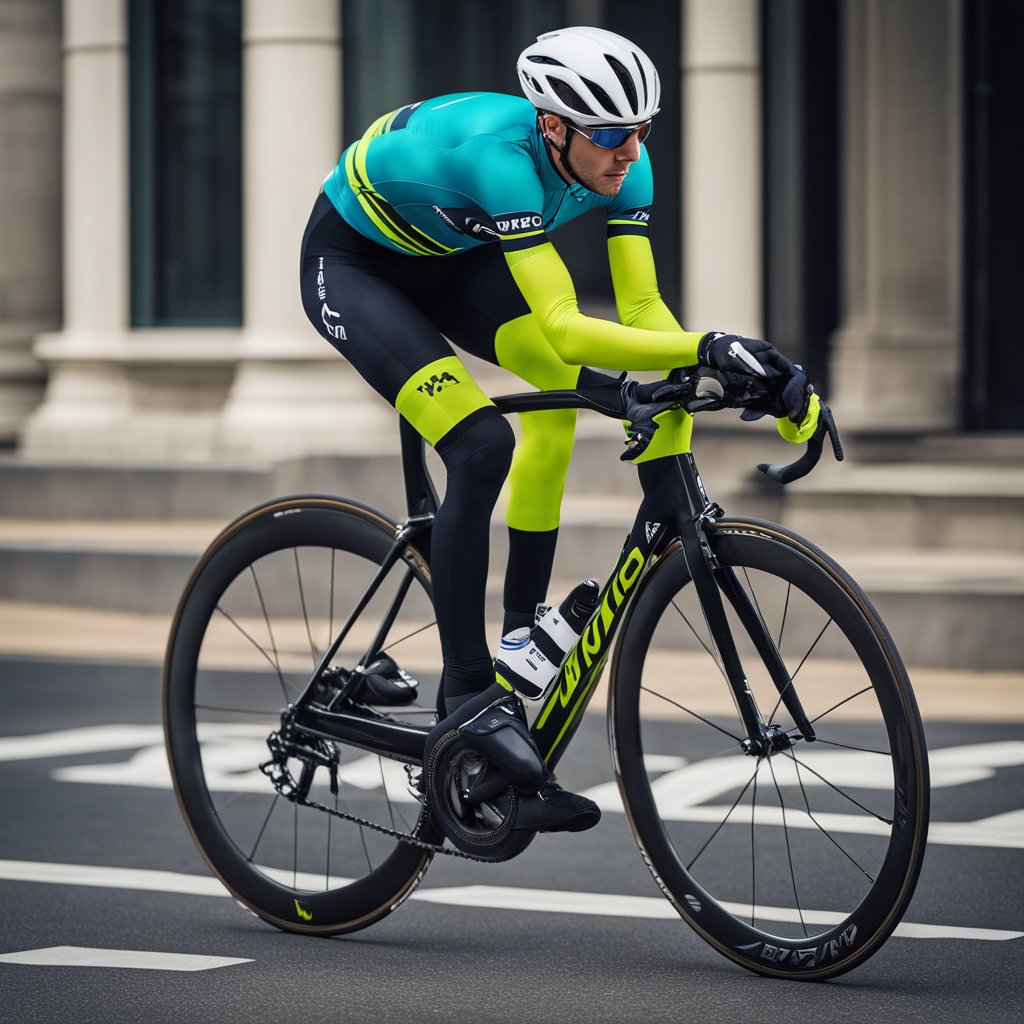
Ever stumbled upon a cycling jersey that takes you back in time?
Meet Reynolds, a name that’s been part of the cycling world's fabric for over a century.
You might know them for their tubing, which has defined the ride quality of countless bikes, but did you know that their clothing line is just as steeped in history and quality?
Here’s the scoop: Reynolds isn't just about performance; it's about heritage.
Their clothing is a celebration of cycling's golden era, with each piece screaming quality and prestige.
This isn't your average gear; these are threads that have supported the legends of the sport.
Let's talk specifics about one particularly iconic outfit:
- Color: Classic white and blue
- Notable Wearers: Pedro Delgado and later, Miguel Indurain
- Era: 1980s and early 90s
- Significance: A symbol of Spanish cycling success
Imagine slipping into a jersey that whispers tales of epic battles and victories.
It’s like wearing a piece of history, isn’t it?
And the numbers?
They tell a compelling story.
Imagine jerseys that have accompanied riders over thousands of miles – through sweat, tears, and triumphs.
Every stitch is a testament to Reynolds's commitment to durability and craftsmanship.
So, next time you’re gearing up, ask yourself: do you want just any kit, or do you want a piece of the peloton's soul?
Go on, choose Reynolds, and ride with the giants.
T-Mobile (formerly Team Telekom)

Who could forget that striking magenta jersey of Team Telekom, later known as T-Mobile?
If you were watching cycling in the late 90s or early 2000s, you surely remember the likes of Jan Ullrich and Erik Zabel dominating the roads in those bold outfits.
Their performances did the loud color justice, didn't they?
- Team Formation: Team Telekom started in 1991, with a solid run until they rebranded to T-Mobile in 2004.
- Iconic Riders: Jan Ullrich, the 1997 Tour de France winner, and Erik Zabel, a sprinting legend, truly made the jersey famous.
- Jersey Color: The magenta color was more than just a jersey; it was a statement on wheels.
Magenta Moments:
- 1997 Tour de France: Ullrich's victory cemented the team's and the jersey's place in history.
- Sprint Victories: Zabel's numerous stage wins, particularly at the Tour de France with his green jerseys, were extraordinary.
As you fondly recall those cycling seasons, picture the team's various successes.
It wasn't just about winning; it was about being seen.
Six blood volume tests per rider annually underlined their commitment to clean sportsmanship.
And, let's not overlook the history-making move in 2004 when they introduced a women's team in parallel with the men's.
Now, that's what we call progress in tandem with style!
Cycling outfits come and go, but the T-Mobile jersey with its iconic magenta hue, well, it's etched in the annals of cycling fashion and feats.
Just goes to show, you don't always need the flashiest design when you've got a color that pops and a legacy that's equally vibrant, right?
Rabobank

Have you ever caught a glimpse of the vibrant orange and blue stripes zooming past in a blur during a cycle race?
That's the unmistakable touch of the Rabobank cycling team's jersey.
Michael Boogerd and Erik Dekker are just a couple of the names that might ring a bell if you're a cycling enthusiast – they donned these iconic colors while delivering some pulse-pounding performances.
It's not just about the style though, right?
You're probably curious about their records too.
Well, between 1996 and 2012, Rabobank stamped their authority on both the classics and Grand Tours.
A statistic that stands out: they nailed the #10 rank in the all-time best professional cycling teams of the world.
How impressive is that?
And the riders?
They had grit.
Remember when Dekker won that famous Tour de France stage to Pontarlier in 2001?
What a saga!
Or how about the drama when Michael Rasmussen made headlines in the '07 Tour de France for not-so-great reasons, despite climbing to victory at the Col d'Aubisque?
Such moments stick with you, don't they?
What these snapshots show us is that Rabobank wasn't just about snazzy jerseys.
They stood out for their tenacity on the road and, sure, for a bit of controversy off it.
It's why their outfits are more than just apparel; they're woven with the stories of the riders who wore them.
So, when you spot those colors, you're looking at a piece of cycling history.
Now, isn't that something?















































































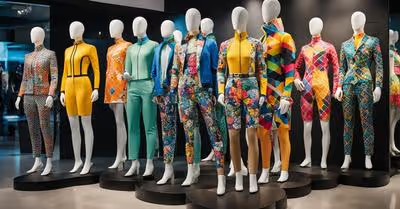























































































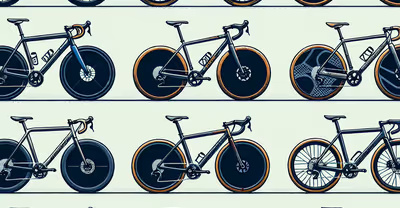

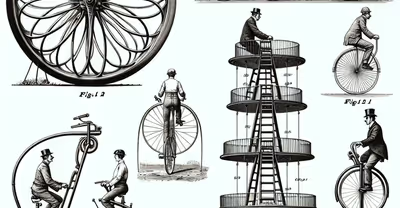




















































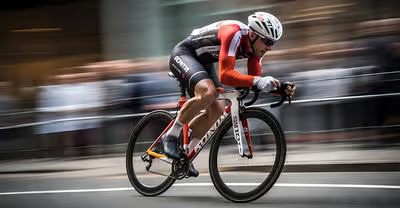





















































































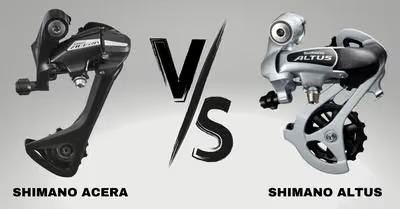






































































































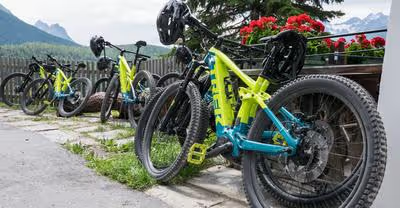

















































































































































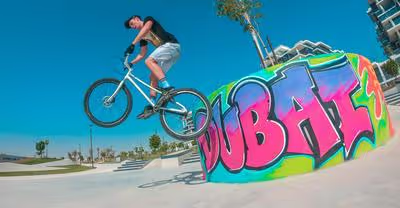



































































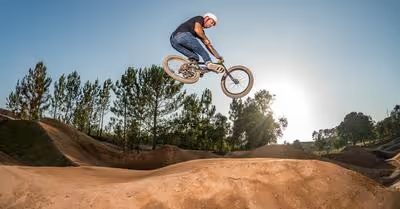








































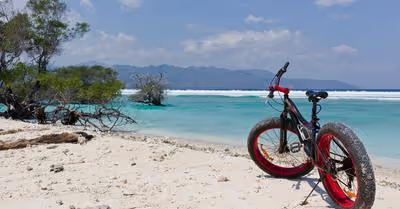


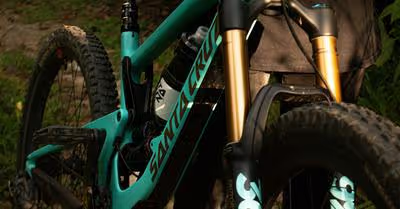


















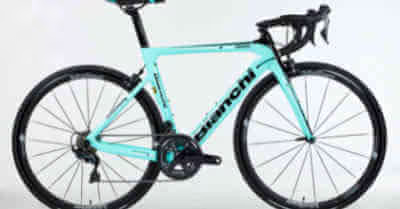



































.avif)
